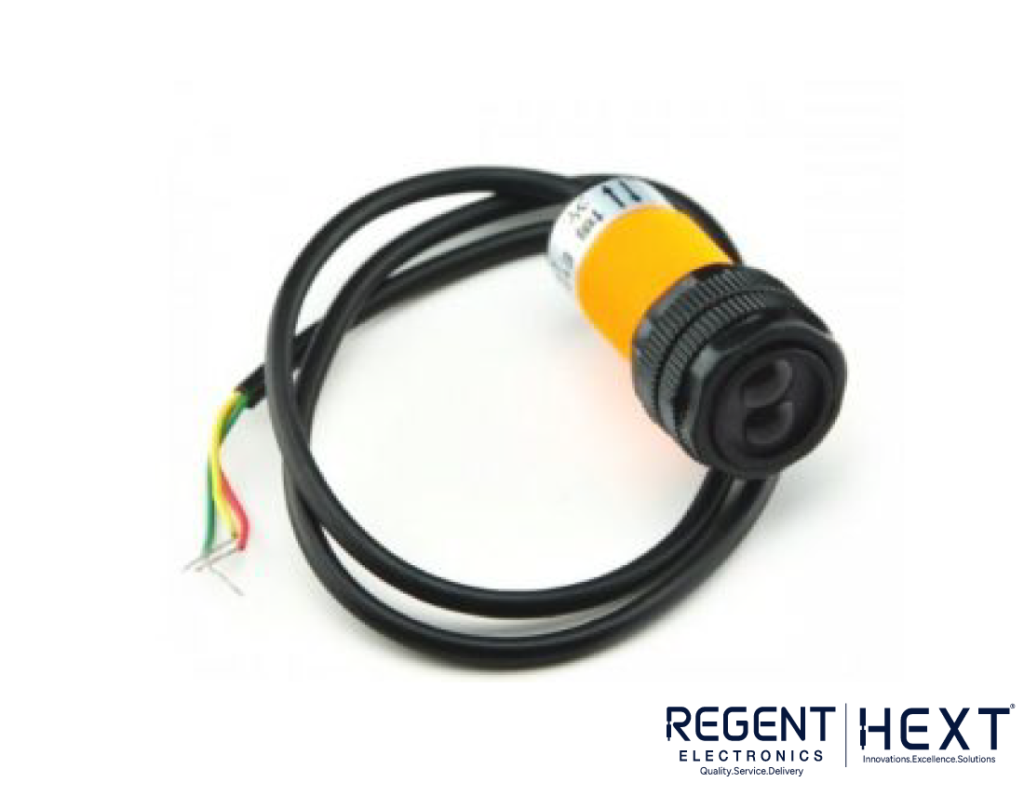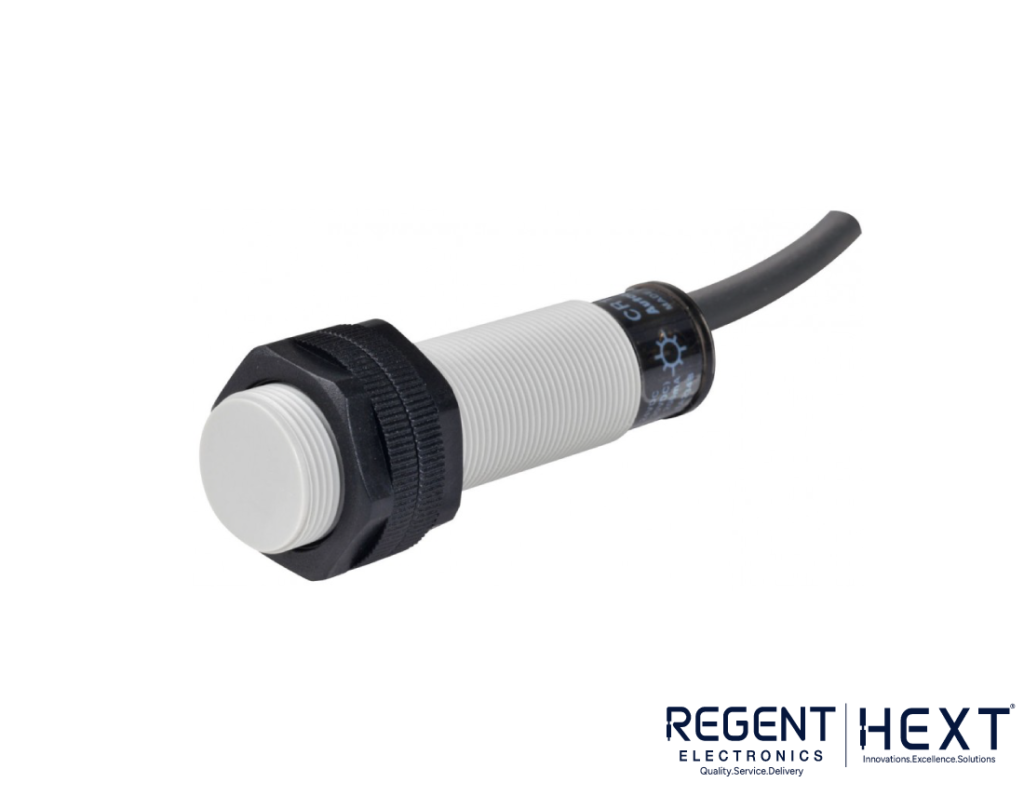
Types of Proximity Sensors

In this blog, we will explore the different types of proximity sensors, their specifications, and how they work.
What is a Proximity Sensor?
A proximity sensor is a device that detects the presence of objects without any physical contact. These sensors operate by emitting electromagnetic fields, light, or sound waves and analyzing their reflections or disturbances caused by nearby objects.
Proximity sensors are categorized based on their detection methods. Some are designed to detect specific materials, while others sense environmental conditions. Below are the five main types of proximity sensors:
Types of Proximity Sensors



- Inductive Proximity Sensor
- Inductive proximity sensors detect metallic objects near their sensing face.
- They operate using electromagnetic induction, where a fluctuating current generates an electromagnetic field that interacts with metal objects.
- Applications: Machine tools, assembly lines, automotive industry, and high-speed moving parts detection.
- Optical Proximity Sensor
- These sensors use a light source and a detector to sense objects.
- The sensor detects objects by analyzing the reflection of its emitted light from an object’s surface.
- Applications: Object detection on conveyor belts, product sorting, carton counting, and contrast detection.
- Capacitive Proximity Sensor
- Capacitive sensors detect both metallic and non-metallic objects, including liquids, powders, and solids.
- They work by detecting changes in capacitance when an object enters the sensor’s electric field.
- Applications: Final inspection on packaging lines, liquid level measurement, and granulate detection in plastic or glass containers.
- Magnetic Proximity Sensor
- These sensors detect the presence of magnetic fields and are triggered when a magnetic object enters their detection range.
- Applications: Object detection, positioning, and monitoring of mechanical parts.
- Ultrasonic Proximity Sensor
- Ultrasonic sensors emit ultrasonic waves that reflect off objects and return to the sensor.
- They are effective for detecting objects regardless of color, transparency, or texture.
- Applications: Object passage detection on conveyors, liquid level measurement, and obstacle detection in automated systems.


Comparison of Proximity Sensors
| Sensor Type | Working Principle | Detectable Materials | Operating Distance | Sensitivity |
| Inductive | Electromagnetic induction | Metals only | <50mm | High |
| Optical | Light reflection detection | All materials | <100mm | Affected by dust & oil |
| Capacitive | Electric field variation | All materials | <50mm | Affected by humidity & vapors |
| Magnetic | Magnetic field detection | Magnetic materials | <80mm | Affected by magnetic disturbances |
| Ultrasonic | Sound wave reflection | All materials | Up to 15m | Affected by air flow & temperature variations |
Applications of Proximity Sensors
Proximity sensors are widely used in various industries, including automation, manufacturing, and consumer electronics. Some common applications include:
- Object detection
- Counting components
- Velocity measurement
- Positioning objects and containers
- Monitoring liquid levels
- Distance measurement
- Machine protection
- Gear checking
- Obstacle detection
- Forklift positioning
- Edge detection
Conclusion
Understanding the different types of proximity sensors, their working principles, and applications is essential for selecting the right sensor for your needs. Regent Electronics offers a wide range of high-quality proximity sensors for industrial and commercial applications.
We hope you found this blog informative. Stay tuned for more insights from Regent Electronics on sensor technology and automation solutions!
